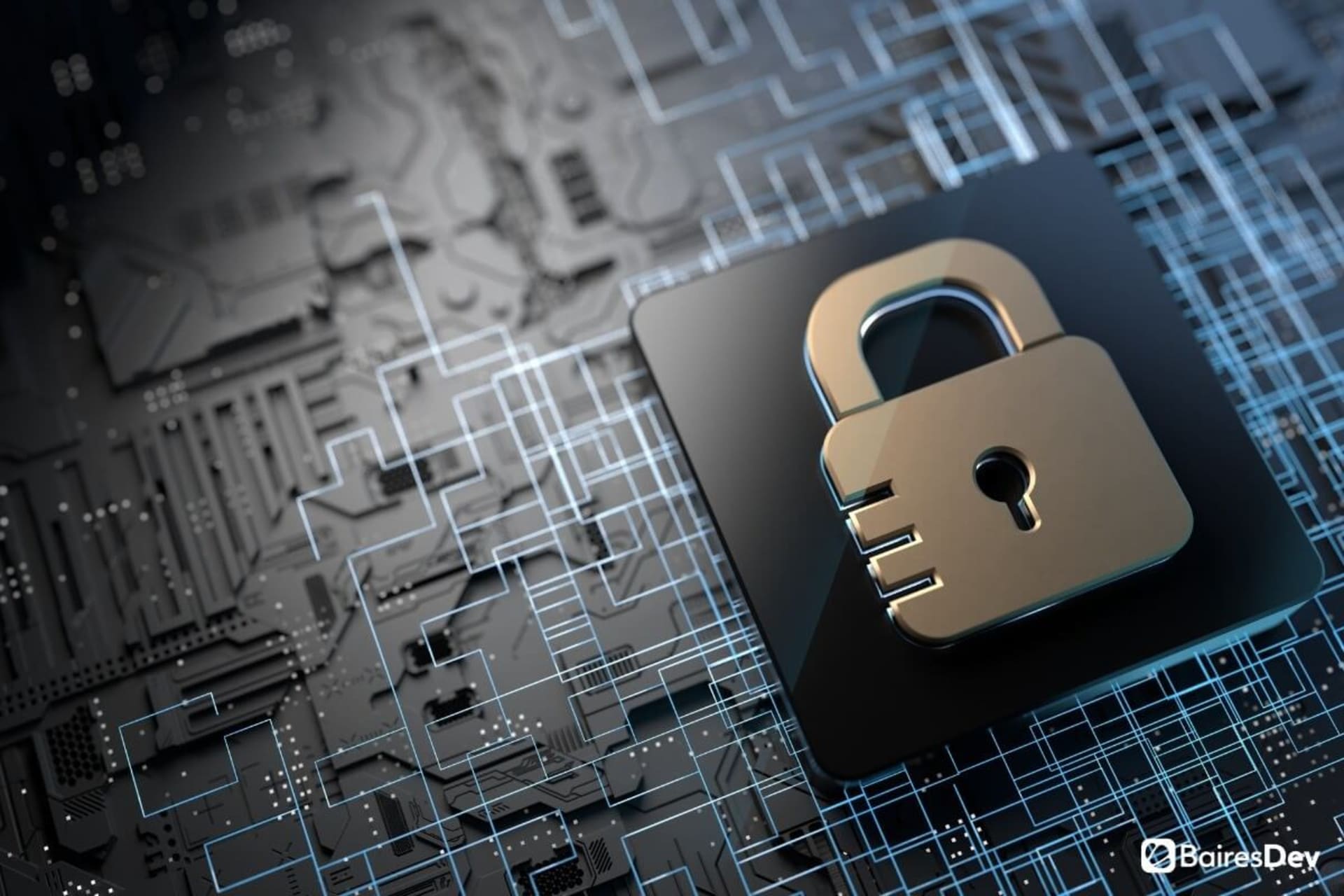With cyber threats on the rise, it’s more important than ever for companies to ensure their defenses are sound. While antivirus software and other technical solutions are critical, businesses often overlook another key component of a strong cybersecurity strategy: their employees.
For example, phishing is one of the most prevalent attack methods today and it works because team members take the bait by clicking emailed links that lead to websites that try to collect private information or install malware on their devices.
The good news is that many of the errors workers make that allow cyberattacks to happen are preventable with cybersecurity training. Just as companies must train workers on the physical security measures at the workplace, such as badges and keypads, they must teach about cybersecurity risks, warning signs, and proper preventive measures and procedures. With this training, team members become part of the solution, rather than potentially being part of the problem.
But how, specifically, can cybersecurity training help? Here we explore the positive impacts this training has on businesses as employees start to understand the risks, recognize suspicious activity and know what to do when they spot it, stay informed of the latest threats, and become part of a cyber-safe culture.
Better Informed Is Better Prepared
The first way in which cybersecurity training helps your company is by getting employees informed of the potential risks they face every time they use devices on the company network. Those risks include accidentally infecting the network with malware, giving away passwords or other confidential information, or enabling the loss of private company or customer data. Learning about the threats is the first step in becoming more careful about their actions.
Additionally, team members come to understand that cyberattacks can be harmful to them personally. A breach could lead to loss of company revenue, requiring money to be diverted from important projects or even headcount to be spent on repairing the damage. In extreme situations, companies may go out of business because of cyberattacks, meaning everyone’s job could be at risk. Besides, no one wants to be the person who lets the bad guys in.
Knowing What To Look For Is Half the Battle
Another way that cybersecurity training helps your company is by giving team members information about how to spot a cybercrime in progress. Going back to the phishing example, hackers often include telltale signs in their attempts. Red flags include poorly written email messages, URLs that don’t align with an actual company website, urgent demands, and requests for private information.
As another example, social engineering efforts involve cybercriminals presenting themselves in emails as a boss or company owner and requesting that an employee transfer funds to an unknown account for a specific purpose. Unsuspecting workers who want to keep the boss happy might be willing to perform the task as requested, unwittingly putting money directly into the crook’s bank account. When employees are aware of what to look for, they can ignore these attempts and report the issues to IT for further investigation and mitigation.
It All Starts With a Plan
Another important way that cybersecurity training helps your company is in having everyone work together as a team. When you share the company’s high-level plan and how everyone’s participation fits in with it, you make it clear that the safety of all requires effort from each individual.
The following video explains the high-level steps for developing a cybersecurity plan:
For example, the plan could include a rule that no one (including managers and owners) will ask a team member to make exceptions for standard processes, and that any attempts to do so should be reported to IT, who will track down and eliminate the source. With that understanding, employees will take it upon themselves to report such incidents, knowing they are the first line of defense against cyber intrusions.
Threats Keep Coming
One more way in which ongoing cybersecurity training protects your company is by keeping staffers informed of new threats. It would be comforting to think you could just learn once how to thwart the bad guys and be done with it but, unfortunately, cybercriminals are continually learning how to get around those efforts and developing new ways to trick you.
Cyber education company Cybint states, “There are constantly new threats to cyber safety, so ongoing training is essential and should be part of the overall job training process from the very beginning.”
Additionally, companies should run simulations throughout each year. These practice sessions enable team members to put into practice what they’ve learned. Additionally, continued training, updates, newsletters, intranet resources, quizzes, and other learning opportunities give employees ways to keep cybersecurity — and the ever-growing list of threats — top-of-mind.
Better Cybersecurity Means Greater Success
Ongoing cybersecurity training also helps companies stay safe by transforming their cultures. Company leaders can reinforce that culture by mentioning cybersecurity at meetings, putting up signs around the office, sending weekly newsletters that include statistics about the number of cyberattack attempts thwarted, and so on. In doing so, states security awareness training company CybeReady, “You foster a culture of employee engagement, instead of one in which employees simply go through the daily motions.”
Companies that may be worried about the costs of ongoing cybersecurity training should consider the much heftier price of a successful cyberattack, which costs trillions of dollars each year to businesses worldwide. In addition to the financial outlay, companies that experience a breach often follow a downward spiral as valuable time and funds must be used to repair the damage while important programs and projects are left undone.
The reputational damage can be just as destructive, costing the company customers and revenue. Organizations that provide cybersecurity training to workers are taking huge steps toward avoiding a potentially tremendous amount of harm.







